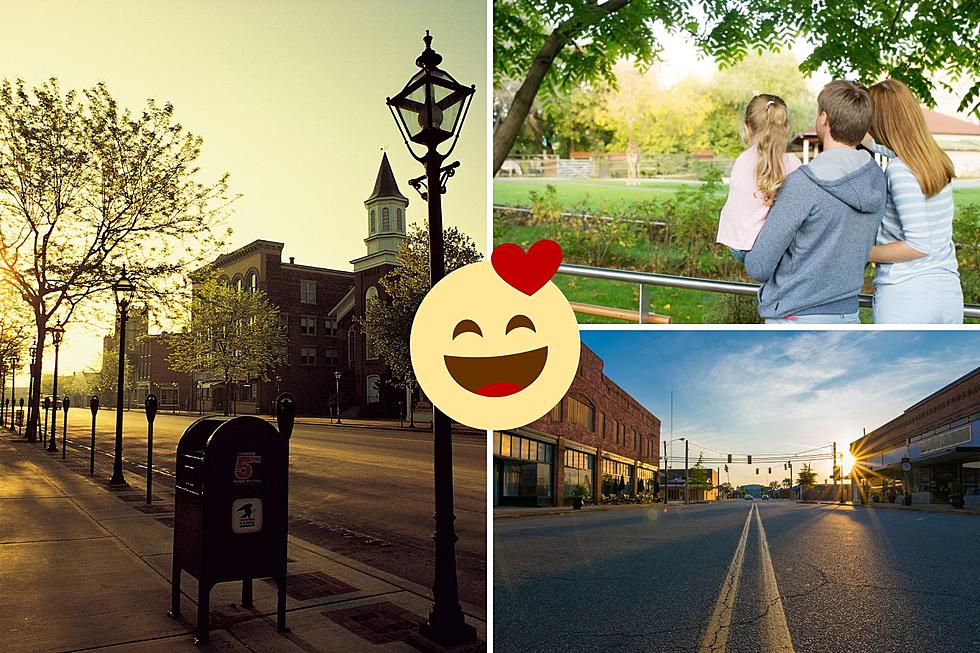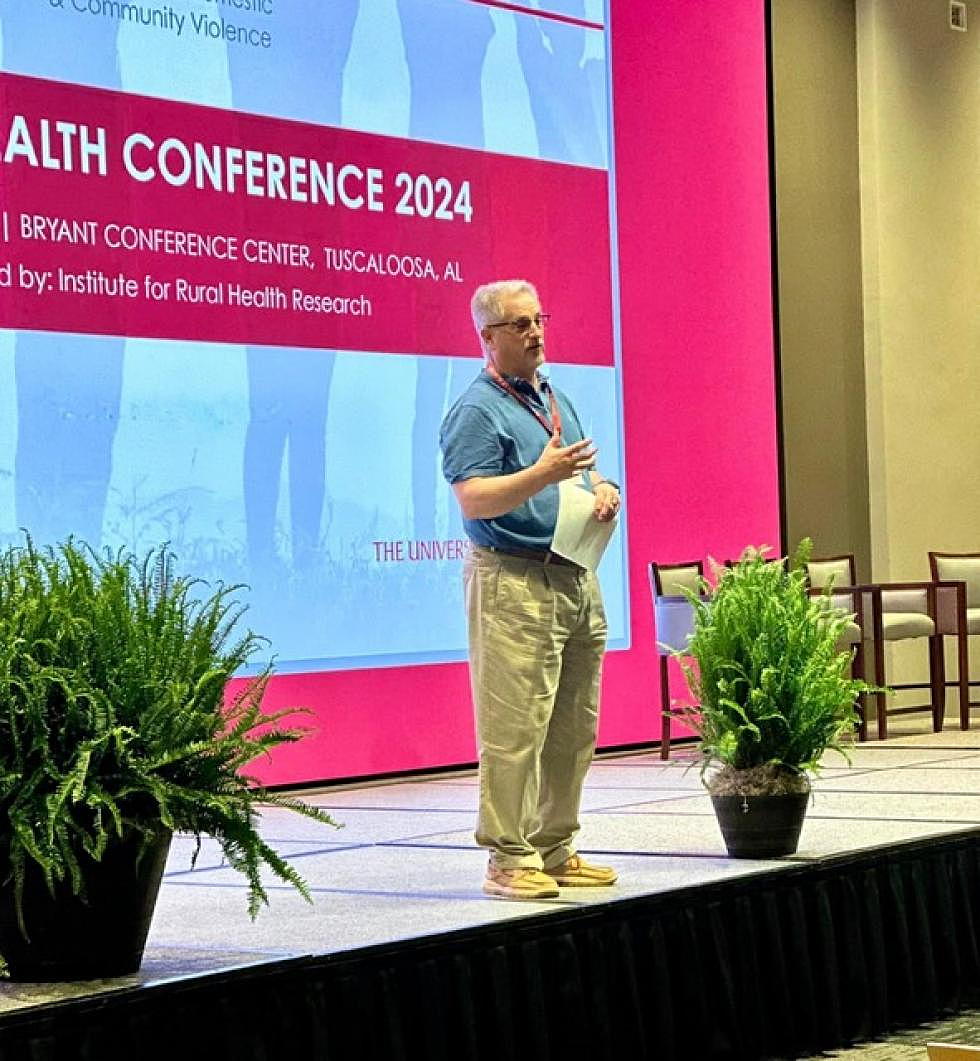
“It Was Surreal”: Mayor Maddox Recalls Leading the City on April 27
Ten years after the April 27, 2011 tornado devastated Tuscaloosa and killed 64 people, many city leaders from that era have either retired or otherwise moved on. Walt Maddox, though, led the city as a fresh-faced second-term mayor a decade ago and leads it still today, fresh off a re-election victory that will keep him in office until at least 2025.
In a March roundtable interview with reporters from the Tuscaloosa Thread, Maddox revisited some of the painful memories of witnessing the tornado firsthand and provided some insight as to how the city has grown since that tragedy.
The morning of April 27th wasn't particularly unusual, Maddox recounted. He woke up as a morning line of storms came through the area around 4 a.m., and he got ready for work while watching a local news broadcast, as he would any other morning.
The first sign something was awry was when he arrived at City Hall. The building's power was out, which was notably the only time in over 15 years that the building had suffered a blackout. The generator system for City Hall had failed that morning, which Maddox saw as a good thing in hindsight - preferring it fail that morning and get fixed than later that afternoon.

Another twinge of irony, Maddox said, was that the city's emergency incident command center was being renovated on that day, leaving municipal staff without their usual workspace in the basement of City Hall.
Instead, the staff watched the severe weather coverage on a tiny television in an upstairs conference room. As they continued to receive weather updates throughout the day, it was clear that these storms were becoming increasingly dangerous.
"I remember the lead-up it was certainly intense," Maddox said. "We all knew something was coming."
Around 3 p.m., an EF-4 tornado struck the city of Cullman, destroying several businesses and leaving debris scattered throughout downtown.
At that point, the city's Incident Command Model had been activated, and dozens of City employees crowded into an impromptu meeting room and waited to see if the severe weather threat would make its way to Tuscaloosa.
"We were watching the storms on those televisions, and I remember watching Cullman getting hit and thinking 'That mayor’s got a mess,'" Maddox said. "And from there, you could immediately follow the track line of a storm coming from Mississippi headed straight towards Tuscaloosa. Still, none of us knew how bad it would be."
At approximately 4:50 p.m., the tornado that would devastate Tuscaloosa touched down in Union, Alabama and began approaching the city.
At 5:13, the EF-4 tornado swept through Tuscaloosa. Its funnel was more than a mile wide, and its winds exceeded 190 miles per hour.
The communities of Rosedale, Forest Lake and Alberta were devastated, and Maddox said around this time, the television feed was cut, leaving City Hall in darkness again.
"There was this brief moment where everybody looked my way," Maddox said. "I remember just saying 'let's get to work.'"
In the immediate aftermath after the tornado passed, Maddox said his prevailing sentiment was disbelief. There were several conflicting and downright unbelievable reports coming in from other city officials - many of which turned out to be unfortunately true.
He remembered first being told by then Incident Commander Robin Edgeworth that the Curry Facility, a 300,000 square-foot reinforced steel facility that housed the Tuscaloosa County EMA, had been completely destroyed. He heard a similar report shortly after simply saying "Mayor, 15th Street is gone."
"I thought 'people are using some pretty serious adjectives to describe what happened,'" Maddox said. "But in the first 24 hours, I’m not sure everyone in Tuscaloosa really understood the impact. You go down University Boulevard and go by The Strip and there were just kids out there like a normal Thursday afternoon... And then you go a mile and a half down the road and you hit Alberta, and it’s gone."
Maddox described the next 48 hours as harrowing. He recalled the damage to Alberta specifically, saying it "looked like the first of God had slammed down upon it." Upon sending first responders out into the field, he recalled dozens of people bleeding, walking themselves to the hospital. With no power and no cell service, Maddox called it "chaos."
Some of the toughest decisions he had to make were the implementation of unprecedented City power, including passing executive orders allowing first responders to mark bodies and move on with their search, and authorizing the rerouting of city sewage into the Black Warrior River because of nearby damage to treatment plants. Luckily, said Maddox, the City didn't have to resort to the latter.
"You went from this cascading of problems that were just unbelievable," Maddox said. "And one of those problems in and of itself would dominate you for weeks, now you’ve got 24 of them simultaneously."
The biggest victory of that day, Maddox said, was the cohesiveness in leadership around him. Within three hours, the City's incident command team reorganized itself and was working toward immediate rescue and long-term recovery.
Upon reflection, Maddox told the Thread he was proud of the work the City did in the first few days before federal and state assistance came in. He admitted that at points in the immediate aftermath when communication was scattered and anxiety was high, he was afraid at points.
"It was surreal to see that tornado come through my hometown. I was born and raised here, but it connected me in a deep way that’s very personal," Maddox said. "And I take that as a badge of honor. But It changed all of us."
Ten years later, the City has organized three memorial sites at Rosedale, Forest Lake, and Alberta - three plaques to honor the victims, volunteers and first responders, respectively.
"There are victories along the way, and you celebrate those victories along the way. But this is a day to remember - especially for those who were hurt the most. And I wanted to keep that in focus," Maddox said.
Maddox closed by saying that the events of April 27, 2011, are etched into his mind. He said that this is a time for reflection and remembrance, and said it was the people of Tuscaloosa and their resiliency that made it possible for the city to have made this recovery.
PHOTOS: April 27, 2011 Tornado
LOOK: The most expensive weather and climate disasters in recent decades
More From 95.3 The Bear









